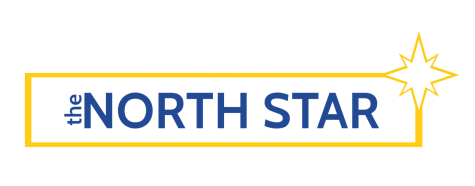Give me a break, a tax break
February 28, 2018
Every day, power is transferred from the hands of working people to the bosses at the top. Now Congress has passed two versions of a bill which will only continue this trend. That is, the poor will remain poor and the rich will just get richer.
Although portrayed to be an attempt to simplify and ease the tax burden on working people, the Republican plan for tax reform unsurprisingly turns out to be nothing more than an opportunistic money grab for the 1%. And it’s not as simple as a big tax break. According to the Washington Post, the bill would also allow drilling in Alaska’s Arctic Wildlife Refuge, eliminate many tax deductions (Criteria which you can claim to pay less in taxes) for ordinary people, and eliminate or reduce money taken in from the estate tax (A tax on the inheritance of the richest Americans).
But still, the biggest issue with this bill is its blatantly unfair assistance to the richest people in this country, leaving the majority of low-income workers to pick up the bill. It reduces the corporate tax from 35% to 20%, a historic low since the early 1900s, Donald Trump and the Republican establishment, once again, lied to the American people.
He spearheaded the bill, consciously using in support that their reform was more interested in supporting working class Americans, yet studies have shown that over an extended period of time individuals who make less than $90,000 a year would only see an increase in taxes. On the opposite end of the spectrum, those earning $90,000 would contribute less money, with most of the tax cuts going to the very elite.
This is an unprecedented shift in tax policy that only further shoves the tax burden on individual Americans. The reality is that they don’t have the income, investments and assets to continue to tolerate this shift in tax policy. There’s no hedge funds, no offshore banks, no loopholes, and certainly there are little rights for workers to collectively bargain for wages on which they can subsist on.
And what is their justification of such an outrageous proposal? It’s this little thing called Trickle-Down Economics, a lie first peddled by particular Economists in the 1900s and then picked up by President Ronald Reagan in the 1980s. 1
For decades, under Reagan, Bush, and Obama, the very elite of our society have been receiving tax cut after tax cut, under the premise that—if the money and capital (assets like houses, cars, businesses, stock portfolios) stay in the hands of our most generous elite—working people would eventually see increasing wages, more jobs, and lower prices on goods.
But that hasn’t been the case. According to Pew Research, Wages have seen little change when adjusted for inflation, as the buying power of the dollar remains almost exactly the same as it was in 1979 when Reagan started making tax cuts in the 70s. If anything, the conditions, quality of life, and protections for workers have worsened as unions have lost their presence in the United States, and so too their power.
Therein lies the purpose and effects of this bill. When the tax burden shifts onto the working people, it forces them to work longer hours in multiple jobs, and spend less time participating in creative functions or studying in institutions of higher education.
Speaking of higher education, this bill isn’t just a massive tax cut for the wealthy. Hidden in the 500 pages of material are passages which have further disastrous effects on the most vulnerable in our society. In the version of the bill which passed through the house there is a passage specifically focused on graduate students who receive waivers on their tuition.
When filing their taxes, graduate students with tuition waivers now have to pay taxes not only on their income but also the amount of the waiver they received, a massive hit on young graduate students who spend most of their time working on campus. For students at North, that could mean an even more expensive college experience, especially for those pursuing a Masters or Doctorate degree in a STEM field.

